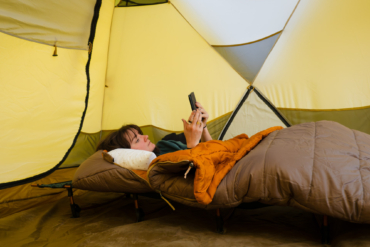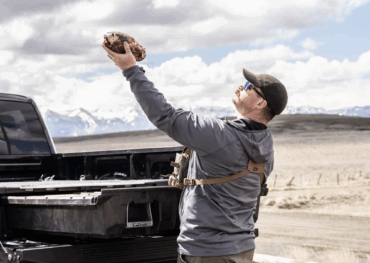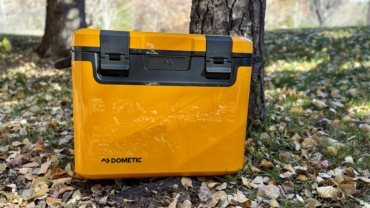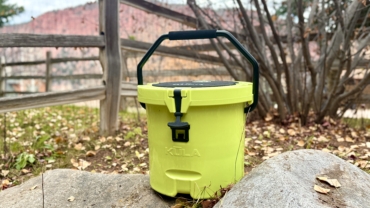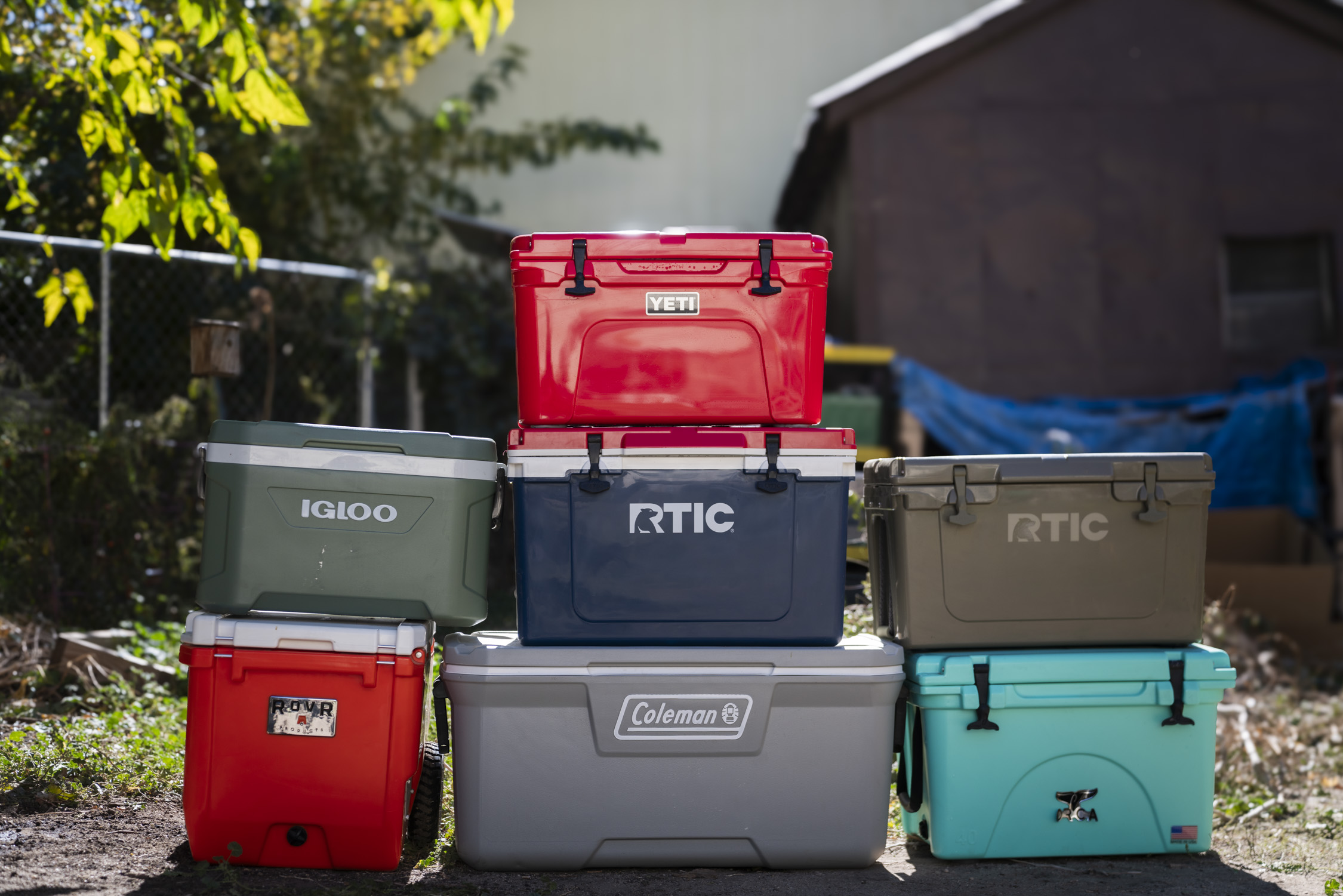It’s not light weight. It doesn’t pack super small. Indeed, the three-person Eureka Tundraline has few sexy features. But the tent — which is touted as warm, waterproof, and easy to set up — is out of the ordinary in that it has a rain fly permanently affixed to its tent body.
To set it up, you simply add the two pre-bent A-frame poles, stake it down, and climb inside. There is no extra rain fly to drape over the top and attach. The process took just a couple minutes in my test.
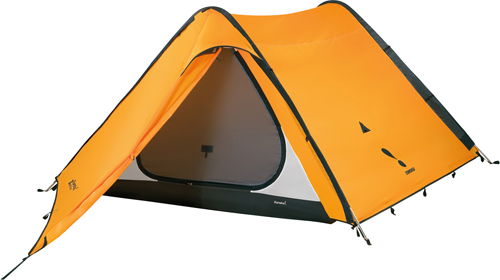
Eureka (www.eurekatent.com) markets the Tundraline, which costs $299.99, as a shelter for paddlers. At 12 pounds packed up, it is too heavy for backpacking, though it could be a nice all-around tent for car campers. But it was designed with paddlers in mind, and the tent was tested extensively before coming to market by Cliff Jacobson, an outdoors writer, wilderness guide and long-distance canoeist.
Quoted in a press release, Jacobson touts the Tundraline as the “roomiest, most rain-proof and easiest-to-pitch tent I have ever used.”
Take or leave Jacobson’s testimonial, as he obviously has a stake in the business of this tent. But I found most of Jacobson’s claims to be accurate. He continues: “The Tundraline sets up fast — less than three minutes alone! — and it holds firm in gale force winds.”
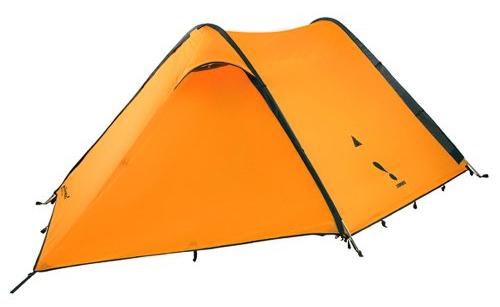
Jacobson — known for his canoe expeditions in Canada and Minnesota’s Boundary Waters — notes that the tent’s double-wall construction means it can be set up in the rain without soaking the interior. This can be valuable if you’re pitching a tent during a downpour.
Beyond paddling, the tent is made for year-round use, including car camping and on winter trips. It has adequate ventilation, but with no windows and polyester walls and fly it may be too warm for hot summer nights.
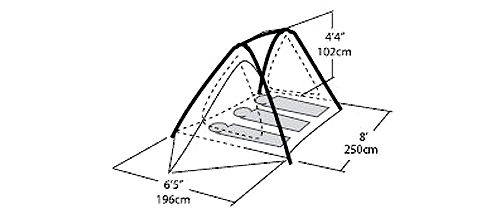
The Tundraline’s floor plan measures about 6.5 × 8 feet, and the ceiling is 4 feet high — room enough for three adults. There are two doors and vestibules for stowing gear.
As noted, the tent weighs a hefty 12 pounds packed up, negating its use for backpacking but sitting fine — where it was designed to be — in the bottom of a canoe coursing into wilderness deep and unknown.
—Stephen Regenold writes about outdoors gear at www.gearjunkie.com.

